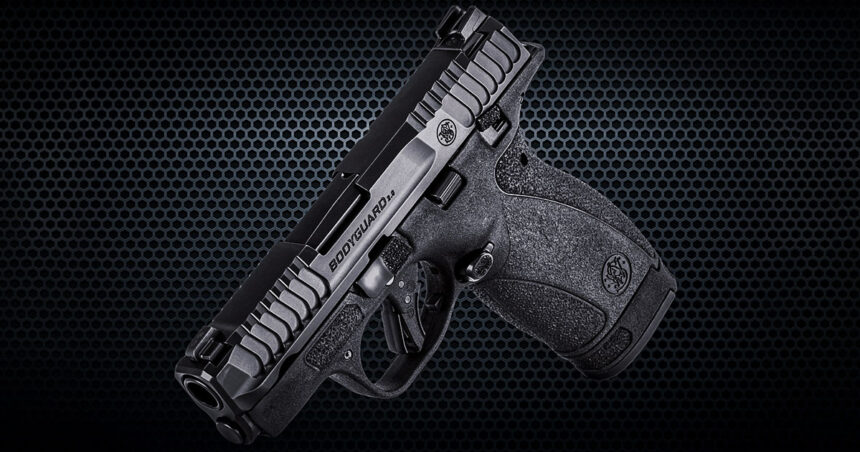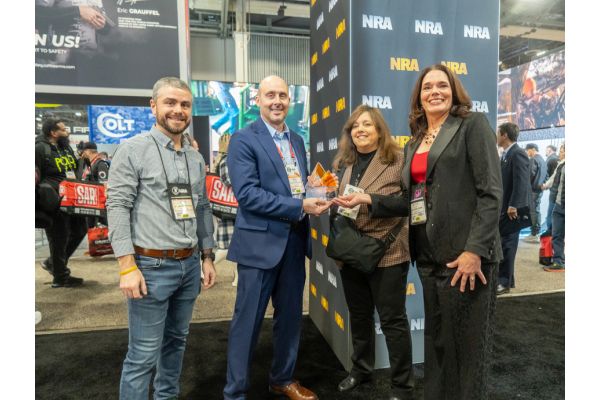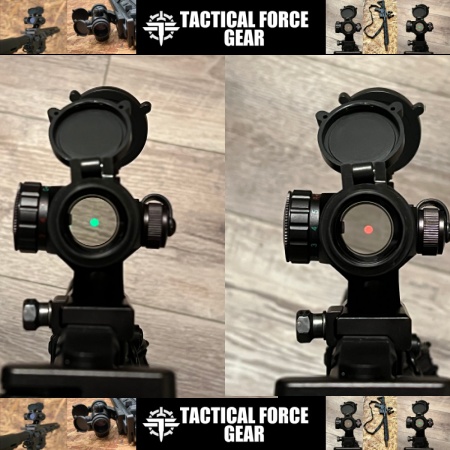What are guns like the Ruger LCP Max and Smith and Wesson Bodyguard 2.0 for?
The obvious answer, historically, has been as pocket guns. The J Frame and equivalent revolvers are still favored by many serious pocket carriers, as the shape of the revolver lends best to drawing from the pocket and the rounded profile conceals well in this capacity, even though small frame revolvers are a bit larger compared to these micro 380 pistols. However, the original generation of poly frame pocket pistols, most prolifically defined by the original Ruger LCP, are considerably smaller than J Frames or LCRs, and modern concealed carriers, most more comfortable and familiar with auto loaders anyway, bought them like hot cakes.
The original LCP, as well as the original S&W Bodyguard 380, were double-action, having triggers that were akin to a revolver. This feature made them true pocket guns. Now that the newer, and in many ways improved, versions of these guns are striker fired, with short and light trigger pulls, I ask, what are they for?
I realize that many people carry these striker-fired guns in a pocket, and with a good, form fitted pocket holster it should be safe, but I see much that can go wrong. I am not a prude with wearing guns, as I wear a striker fired gun AIWB as my primary carry, but the shooter has complete control of the waistband draw and re-holster, as long as they do it correctly. Drawing a gun from a pocket becomes more precarious. Similarly, while I understand that many cops have carried autos such as the Glock 26 and 27 on the ankle for eons, I favor revolvers for ankle carry as well, not only for the robust design in that carry mode, but for the added safety of
the trigger mechanism.
The striker fired, higher capacity versions of these tiny 380 autos seem to make them better suited to waistband carry, but if the user intends to carry them in the waistband, I must ask, how much harder is it to, realistically, carry a Sig P365 in the same manner and step up to a service caliber, and a gun that is now well proven for reliability and longevity?
Historically, I never gave poly frame 380 pocket guns a chance as I never trusted their reliability. In my experience, the guntubers shoot them and rave about them, with video footage of shooting on the range in perfect conditions, but when I see an inexperience shooter at a range use one, it is malfunctions galore due to limp wrist and obstruction. Therefore, I have remained a small-frame revolver user, exclusively, for my deep concealment, pocket, and ankle carry needs. And, for a backup, second gun carried on body, I remain a devoted snubby user.
The new Ruger LCP Max, and now the Smith and Wesson Bodyguard 2.0, both bosting 10 rounds in a flush-fit magazine, have won over many converts, as the capability of these new versions is considerably more than the older generation of such guns. They seem to be more reliable as well, though they must still be thoroughly vetted for ammo compatibility, and they remain more prone to user-induced disruption compared to full-size guns.
However, despite the enhanced capacity, and seemingly improved reliability compared to older versions, I can’t bring myself to replace the snub with one. Why?
Because these tiny pistols still have auto loader features, such as mag release buttons that can be inadvertently actuated, and slides that can be pushed out of battery, and these features are liabilities when carrying guns in alternate carry modes such as pocket or ankle carry. I have experienced, and heard of many others experience, magazines becoming dislodged in the pocket or on the ankle with tiny autos. The shrunken dimensions of these guns also simply make them more prone to user error, such as the web of the hand being just a bit too high over the tang, thus obstructing function. Sure, tell me all about how reliable yours has been, while shooting with a perfect grip at the range, but I ask, have you drawn it from a pocket, while knocked to the ground, and produced it with a precarious grip and fired it at an attacker about to kill you? How was your grip for that?
When it comes to pocket carry, even the very small auto pistols prove inferior for speed and consistency out of the pocket compared to snub revolvers, primarily due to the tang of the slide and its tendency to hang up on the pocket hem. This issue, in my experience, brings many serious pocket carriers back to the snub. Of course, a revolver can also be fired from within a coat or jacket pocket, and there is some limited merit to this as well. Despite being larger than micro 380s, snubs tend to conceal in a pocket just as well due to their rounded profile, so there is that as well.
Further, as BUGs (backup guns) that may be utilized to arm a lesser-experienced friendly, the user errors that can disable an auto loader are amplified in such small guns, things that revolvers are immune to. Therefore, even if they hold a billion rounds, I will keep the wheel guns for this, as they will fire their 5-6 rounds, no matter what the user does or fails to do, instead of just a single shot when the user obstructs the slide or accidentally dumps the mag. The long, double-action trigger of a revolver that many shooters hate also becomes a safety benefit if handing the backup gun to a minimally trained individual, and this new generation of 380s have light trigger pulls, in small packages, a negligent discharge waiting to happen.
Anyway, that is my two cents on these tiny guns. If putting it in your waistband, why not use a Sig P365, and if pocket or ankle carrying, why not use the more reliable snub?
I think they are another tool in the toolbox for many concealed carriers, but careful consideration should be placed on the use case. Thoughts?
Read the full article here




